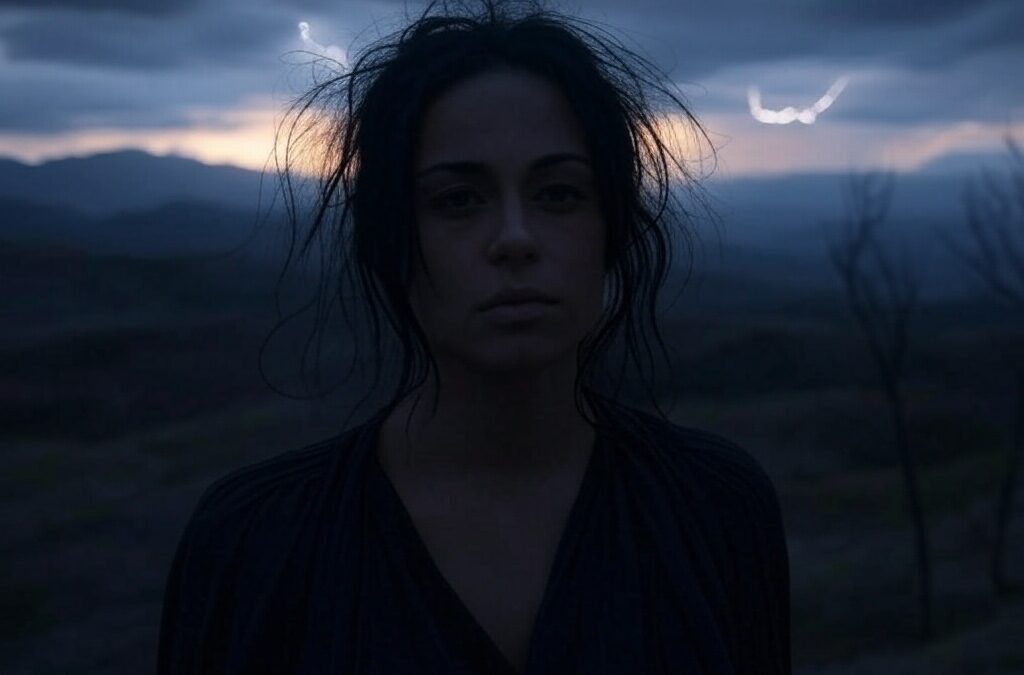Have you ever watched a movie or read a book that left you on the edge of your seat, heart pounding and eyes wide? That’s the power of dramatic effect. It’s what makes a story memorable, keeping us engaged and emotionally invested. Whether it’s a sudden plot twist, a suspenseful pause, or a powerful piece of dialogue, dramatic effects are all around us. They are the tools that storytellers use to captivate audiences and make their narratives unforgettable.
Think about the last time you watched a thrilling TV show or attended a live performance. What made it stick in your mind? Was it the unexpected turn of events or the intense music that heightened the scene? These are just a few examples of how dramatic effects work their magic. In this article, we’ll explore 20 different examples of dramatic effects and how they can transform an ordinary story into an extraordinary experience. Get ready to discover how these techniques can add depth and excitement to any narrative, making it resonate long after the final scene.
What is Dramatic Effect?
Dramatic effect is a term used to describe the emotional and intellectual impact that a piece of drama, literature, or any form of art has on its audience. It refers to the way in which playwrights, authors, filmmakers, and other artists use various techniques to evoke specific emotions, create tension, and engage the audience deeply. The dramatic effect is achieved through a combination of elements such as dialogue, pacing, character development, setting, and plot structure.
In literature and theater, the dramatic effect can manifest as suspense, excitement, anticipation, or emotional catharsis. It is the result of strategic choices made by the creator to guide the audience’s reactions and maintain their interest throughout the narrative. For instance, a well-timed pause in dialogue, a sudden plot twist, or a powerful monologue can all contribute to a heightened dramatic effect.
In film, dramatic effect can be enhanced through visual and auditory elements, such as lighting, music, and cinematography. Directors may use these tools to create a mood or atmosphere that amplifies the narrative’s emotional impact.
Overall, the dramatic effect is a crucial aspect of storytelling that transforms a simple narrative into a compelling experience, leaving a lasting impression on the audience. Understanding and analyzing dramatic effect can enhance one’s appreciation of art and literature, as it reveals the intricate craftsmanship behind powerful storytelling.
The Best Examples of Dramatic Effect
Dramatic effects are the key to making stories unforgettable, drawing audiences into moments of suspense, excitement, and emotional depth. From shocking plot twists to intense silences, these techniques shape how we experience films, books, and performances. Below, we’ll explore 20 of the most powerful examples of dramatic effect and how they elevate storytelling to new heights.
1. The Sudden Silence in a Horror Movie
In horror films, silence can be more terrifying than any loud noise. Imagine a scene where the protagonist is exploring an abandoned house. Suddenly, all background sounds stop. This sudden silence creates tension, making viewers hold their breath in anticipation of what might happen next.
2. The Cliffhanger in a TV Series Finale
A popular TV show ends its season with a major character in peril. The episode cuts to black just as their fate hangs in the balance. This cliffhanger leaves the audience eager to find out what happens next, creating a dramatic effect that keeps them talking and speculating until the next season.
3. The Unexpected Plot Twist in a Novel
Halfway through a mystery novel, the detective discovers that their trusted ally is actually the villain. This revelation changes everything the reader thought they knew about the story. Such a plot twist adds depth and excitement, keeping readers engaged and eager to see how the story unfolds.
4. The Dramatic Monologue in a Play
In a powerful play, a character delivers a heartfelt monologue about their struggles and desires. The audience is drawn into their world, feeling empathy and understanding. This dramatic speech can change the tone of the play, leaving a lasting impression on viewers.
5. The Use of Lighting in a Stage Production
During a theater performance, a single spotlight illuminates the main character, while the rest of the stage remains in darkness. This use of lighting focuses the audience’s attention and emphasizes the character’s importance. It creates a dramatic effect that enhances the emotional impact of the scene.
6. The Slow-Motion Sequence in an Action Film
An action movie features a slow-motion shot of the hero leaping over an explosion. This technique heightens the drama, allowing the audience to savor the moment and feel the intensity of the action. It transforms a fleeting scene into a memorable cinematic experience.
7. The Crescendo in a Symphony
In a symphony, the music gradually builds to a powerful crescendo. The increasing volume and intensity create a sense of urgency and excitement. This musical technique captivates the audience, making them feel the emotions conveyed by the orchestra.
8. The Dramatic Pause in a Speech
A speaker pauses deliberately during an important speech, allowing the weight of their words to sink in. This pause captures the audience’s attention, emphasizing the significance of the message. It’s a simple yet effective way to enhance the speech’s impact.
9. The Close-Up Shot in a Movie
A film director uses a close-up shot to capture an actor’s emotional reaction. The camera focuses on their face, showing every nuance of their expression. This technique draws viewers into the character’s inner world, creating a strong emotional connection.
10. The Juxtaposition of Scenes in a Documentary
A documentary contrasts scenes of natural beauty with images of environmental destruction. This juxtaposition highlights the impact of human actions on the planet. It creates a dramatic effect that provokes thought and encourages viewers to reflect on their own responsibilities.
11. The Ticking Clock in a Thriller
In a high-stakes thriller, the protagonist has only minutes to defuse a bomb. The sound of a ticking clock creates a palpable sense of urgency. Each tick amplifies the tension, making viewers edge closer to the screen as the deadline looms.
12. The Dramatic Irony in a Comedy
In a comedic play, the audience knows that a character is hiding in the closet, but the protagonist remains oblivious. This dramatic irony creates humor as the character unknowingly reveals secrets. The tension between what the audience knows and what the character perceives adds layers of enjoyment.
13. The Solitary Tear in a Silent Film
A silent film portrays a character standing alone, a single tear rolling down their cheek. Without words, this simple gesture conveys deep sorrow and vulnerability. The absence of dialogue emphasizes the emotional weight of the moment, leaving a profound impact on the audience.
14. The Dramatic Entrance in a Fashion Show
At a high-profile fashion event, a model makes a grand entrance wearing an extravagant gown. The lights dim, and a single spotlight follows her as she struts down the runway. This dramatic entrance captivates the audience, highlighting the designer’s creativity and vision.
15. The Rising Tension in a Courtroom Drama
In a courtroom drama, the defense attorney presents a shocking piece of evidence. The opposing lawyer objects, the judge bangs the gavel, and the gallery gasps collectively. This sequence of events builds tension, keeping the audience on the edge of their seats as the case unfolds.
16. The Dramatic Flashback in a Biography
A biography recounts a pivotal moment from the subject’s past through a vivid flashback. This technique provides context and insight into their motivations and decisions. The flashback enriches the narrative, allowing readers to connect more deeply with the individual’s journey.
17. The Dramatic Reveal in a Magic Show
During a magic performance, the magician unveils the final trick with a flourish. The audience gasps as the seemingly impossible becomes reality before their eyes. This dramatic reveal leaves spectators in awe, pondering the mysteries of illusion and wonder.
18. The Dramatic Backdrop in Photography
A photographer captures a solitary figure standing against a stormy sky. The dramatic backdrop of dark clouds contrasts with the subject’s calm demeanor. This visual juxtaposition evokes emotions, telling a story without words and leaving a lasting impression.
19. The Dramatic Transformation in a Makeover Show
In a makeover show, a participant undergoes a stunning transformation. The before-and-after reveal showcases not only physical changes but also boosts in confidence and self-esteem. This dramatic effect highlights personal growth and the power of change.
20. The Dramatic Rescue in a News Story
A news report covers a daring rescue operation. As viewers watch the footage, the tension mounts with each obstacle the rescuers face. The dramatic rescue captivates the audience, showcasing human bravery and perseverance in the face of adversity.
Understanding Dramatic Effect in Literature and Theater
Dramatic effect is a crucial element in literature and theater, as it is the driving force that captures the audience’s attention and keeps them engaged. In literature, dramatic effect is achieved through a combination of narrative techniques, character development, and plot structure. Authors use suspense, tension, and emotional twists to evoke curiosity and keep readers turning pages. For instance, a well-placed cliffhanger at the end of a chapter can create a dramatic effect that compels readers to continue reading.
In theater, dramatic effect is brought to life through performance. Actors use tone, body language, and facial expressions to convey emotions that resonate with the audience. The use of lighting, sound, and set design also contribute significantly to the dramatic effect, creating an immersive experience. For example, a dimly lit stage with eerie music can set a mysterious tone, enhancing the audience’s emotional response. In both literature and theater, dramatic effect is essential for storytelling, providing depth and intensity that make narratives memorable.
The Role of Dramatic Effect in Film and Television
In film and television, dramatic effect plays a pivotal role in maintaining viewer interest and conveying themes effectively. Directors and screenwriters use a variety of techniques to create dramatic effect, such as camera angles, pacing, and music. A close-up shot of a character’s face during an emotional scene can intensify the dramatic effect, allowing viewers to connect with the character’s feelings on a deeper level. Similarly, the use of background music can heighten tension or enhance a romantic moment.
Editing is another crucial aspect in creating dramatic effect in visual media. The timing of cuts and transitions can build suspense or provide a sense of urgency. For example, quick cuts between scenes can create a fast-paced, intense atmosphere, while slow motion can highlight a critical moment. In television series, cliffhangers at the end of episodes are a common technique to create dramatic effect, ensuring viewers return for the next episode. Overall, dramatic effect in film and television is essential for storytelling, drawing viewers in and creating an emotional connection with the content.
The Historical Evolution of Dramatic Effect
The concept of dramatic effect has a rich history that stretches back to ancient times. It has been a crucial element in storytelling, captivating audiences with its ability to evoke emotions and convey complex narratives. Understanding its evolution can provide valuable insights into how stories are crafted today.
Origins in Ancient Greek Theater
Dramatic effect began in ancient Greek theater. The Greeks were pioneers in using drama to explore human nature and societal themes. Their plays, often performed in large amphitheaters, relied heavily on the chorus, masks, and dramatic irony to engage the audience. These techniques laid the groundwork for future developments in drama. Keywords like “Greek theater,” “dramatic irony,” and “chorus in plays” are essential in this context.
The Renaissance and Shakespearean Drama
During the Renaissance, dramatic effect evolved significantly with the works of William Shakespeare. Shakespeare’s plays explored the depth of human emotion and the complexity of personal and political intrigue. He used soliloquies, metaphors, and intricate plots to create tension and drama. His influence is still felt today, as the phrase “Shakespearean drama” continues to be a major keyword in discussions about dramatic storytelling.
Modern Storytelling Across Media
In modern times, dramatic effect has adapted to various media forms, including film, television, and digital platforms. Filmmakers use visual effects, music scores, and editing techniques to heighten drama. Television series often rely on cliffhangers and character development to keep viewers engaged. Keywords such as “modern storytelling,” “film techniques,” and “television drama” are vital here.
Key Milestones and Shifts
Several key milestones have marked the evolution of dramatic effect. The transition from silent films to talkies added a new dimension to storytelling with dialogue. The rise of television introduced episodic storytelling, allowing for longer and more complex narratives. Today, streaming platforms offer unprecedented access to diverse content, showcasing the global nature of storytelling. Concepts like “silent films,” “episodic storytelling,” and “streaming platforms” are important in understanding these shifts.
How to Create Dramatic Effect in Your Writing
Dramatic writing keeps readers hooked, makes scenes unforgettable, and stirs real emotions. Whether you’re crafting a novel, a screenplay, or even a compelling blog post, the right techniques can turn an ordinary story into something powerful. Here’s how to add dramatic effect to your writing in a way that keeps readers engaged.
1. Use Vivid Descriptions That Bring Scenes to Life
Instead of telling readers what’s happening, make them see, hear, and feel it. Instead of writing, “It was a stormy night,” show the wind rattling the windows, the thunder rolling in the distance, and the flickering streetlights casting eerie shadows. Strong, sensory descriptions pull readers deeper into the scene, making the drama feel real.
2. Build Suspense by Controlling Information
Suspense isn’t just for thrillers—it works in all kinds of storytelling. Keep readers curious by revealing key details little by little. Drop hints, raise questions, and let tension build before delivering big moments. When readers sense that something is about to happen—but don’t know exactly what—that’s when they can’t put the book down.
3. Create Characters That Feel Real
Drama works best when readers are emotionally invested. To do that, your characters need depth, flaws, and struggles. Give them real problems, difficult choices, and internal conflicts that make their journey unpredictable. When readers care about the characters, every challenge and setback feels more intense.
4. Use Dialogue to Add Impact
Conversations shouldn’t just fill space—they should reveal secrets, fuel conflict, and show emotions. A tense argument, a carefully worded threat, or even a long pause before a character speaks can create powerful dramatic moments. Keep dialogue sharp, natural, and full of purpose.
5. Play with Sentence Structure for Maximum Effect
The way your sentences flow affects the reader’s emotions. Short, abrupt sentences can add urgency and tension—like in a fast-paced action scene. Longer, more detailed sentences can build anticipation and atmosphere. A well-placed fragment or one-word sentence can make a dramatic moment hit even harder.
6. Keep Readers Guessing with Uncertainty
Predictable stories lose their impact. Make sure not everything goes as expected. Introduce surprises—maybe a character we trust has been lying all along, or an event we assumed would happen takes a shocking turn. Uncertainty keeps readers engaged and emotionally involved.
7. Focus on Conflict—Big and Small
Drama thrives on conflict. It can be external (a battle, a rivalry, a dangerous situation) or internal (a character struggling with guilt, fear, or a moral dilemma). Either way, conflict keeps the story moving and makes every choice feel meaningful.
8. Set the Mood with Atmosphere
The setting isn’t just a backdrop—it shapes the emotional tone of the scene. A tense conversation in a brightly lit coffee shop feels different from one in a dimly lit alley. Use weather, lighting, and surroundings to heighten the drama.
9. Use Symbolism to Add Layers
A well-placed symbol can make a scene more powerful without extra words. A cracked mirror could hint at a broken relationship. A clock stopping at midnight might symbolize an ending. Subtle but meaningful details add depth and make stories resonate.
10. Edit Ruthlessly for Maximum Impact
Dramatic writing needs to be tight and effective. Cut anything that weakens the impact—unnecessary words, repetitive descriptions, or dialogue that doesn’t serve a purpose. Every sentence should either build tension, develop character, or move the story forward.
Practical Tips for Adding Dramatic Effect to Your Writing
Creating drama in writing is an art that can captivate readers and keep them engaged. Here are some practical tips to help you incorporate dramatic effects into your stories.
Build Suspense
Suspense is a powerful tool to keep readers on the edge of their seats. To build suspense, reveal information slowly. Give your readers just enough to keep them guessing. Use cliffhangers at the end of chapters to make them eager to turn the page. Questions left unanswered can create a sense of anticipation and tension.
Use Vivid Imagery
Paint a picture with words. Use descriptive language to create vivid imagery in the reader’s mind. This helps set the mood and tone of your story. For example, instead of saying “the night was dark,” describe how “the moonlight cast eerie shadows on the deserted street.” This kind of detail can make scenes more dramatic and immersive.
Craft Compelling Dialogue
Dialogue can drive a story forward and reveal character traits. Make sure your dialogue is natural and reflects each character’s personality. Use it to create tension between characters. A heated argument or a confession can add drama and intensity. Remember, what characters say—and what they leave unsaid—can be equally powerful.
Master Pacing
Pacing is crucial in maintaining drama. Vary the speed of your narrative. Slow down during key moments to let the tension build, then speed up to create a sense of urgency. Short, choppy sentences can convey panic or excitement, while longer, flowing sentences can create a sense of calm or reflection.
Develop Strong Characters
Characters are the heart of any story. Make them relatable and multi-dimensional. Readers should care about what happens to them. Give your characters goals, conflicts, and growth. A well-developed character who faces challenges will naturally create drama.
Introduce Plot Twists
A well-placed plot twist can shock and surprise your readers. It should be unexpected yet believable. Foreshadowing is key—drop subtle hints that something is amiss, but don’t give everything away. A good twist will make readers want to go back and see how it all fits together.
Consider Human Experience
Incorporate real human emotions and experiences. Drama resonates when it reflects the complexities of real life. Explore themes like love, betrayal, fear, and hope. These universal experiences can make your story more relatable and impactful.
By applying these strategies, you can enhance the dramatic effect in your writing. Remember, the goal is to engage your readers and evoke emotions. With practice, you can master the art of dramatic storytelling and create narratives that linger in the minds of your audience.
Read more: Top 30 Best Symbolism Examples in Literature and Art
Dramatic Effect in Popular Media
Exploring dramatic effects in popular media reveals much about how stories captivate audiences. Whether it’s in movies, TV shows, or literature, drama plays a key role in engaging viewers and readers. Understanding these elements can enhance our appreciation of storytelling and improve our own communication skills.
One of the most iconic examples is the use of suspense in Alfred Hitchcock’s films. Hitchcock mastered the art of building tension, keeping audiences on the edge of their seats. His techniques, such as the “bomb under the table” scenario, highlight how suspense can be used to create emotional investment. By withholding information and slowly revealing crucial details, he made viewers feel the stakes personally. This method is still widely used in thrillers and dramas today.
In television, series like “Breaking Bad” showcase the power of character development. Walter White’s transformation from a mild-mannered teacher to a drug kingpin is a dramatic journey that kept audiences hooked. The show’s creators used tension and character arcs to explore themes of morality, power, and consequence. This approach to storytelling not only entertains but also prompts viewers to reflect on deeper questions about human nature.
Literature, too, offers rich examples of dramatic effect. Consider the works of Shakespeare, where dramatic irony and intense emotional conflicts drive the narrative. In “Romeo and Juliet,” the audience is aware of the tragic fate awaiting the young lovers, which heightens the emotional impact of their story. Shakespeare’s ability to weave complex characters and plotlines continues to influence writers and storytellers across various media.
Dramatic effects are not limited to fiction. Documentaries and news media also use these techniques to engage and inform. By presenting real-life stories with a dramatic narrative structure, filmmakers and journalists can highlight important issues and evoke empathy from their audience.
The Power of Dramatic Effect in Storytelling:
A Psychological Perspective
Storytelling has been a fundamental part of human culture for thousands of years. But what makes a story truly captivating? One key element is the dramatic effect. This powerful tool can evoke strong emotions, build empathy, and shape how audiences perceive and react to narratives.
Understanding Human Emotion
Our brains are wired to respond to stories. When we hear a story, our brains release chemicals like dopamine, which enhances focus, and oxytocin, which fosters empathy. These chemicals make us more engaged and emotionally connected to the story. This is why suspense and emotional catharsis are so effective. They trigger emotional responses that keep us invested.
Creating Empathy Through Stories
Stories allow us to experience the world through another person’s perspective. This ability to “walk in someone else’s shoes” is crucial for developing empathy. When a story includes dramatic elements, it heightens our emotional response. This makes it easier for us to relate to characters and understand their emotions. As a result, we feel more connected to the narrative and its message.
Influencing Perceptions and Reactions
The way a story is told can significantly influence our perceptions. Dramatic effects can change how we view characters and situations. For instance, a well-crafted suspenseful scene can make us anxious for the protagonist’s fate. This emotional involvement can alter our reactions, making the story more memorable and impactful.
Insights from Psychology and Neuroscience
Research in psychology and neuroscience provides insights into why storytelling techniques work. For example, suspense keeps us on the edge of our seats because it activates the brain’s reward system. We crave resolution, and when it finally comes, we experience a sense of relief and satisfaction. Similarly, emotional catharsis allows us to release pent-up emotions, providing a therapeutic effect.
The Art and Science of Storytelling
Combining the art of storytelling with scientific insights creates a powerful tool for communication. Understanding the psychological reasons behind dramatic effects can help storytellers craft more engaging and meaningful narratives. By appealing to human emotions and empathy, stories can leave a lasting impact on audiences.
In conclusion, dramatic effects in storytelling are more than just a tool for entertainment. They are a bridge to human emotions, offering a deep connection between the story and its audience. By appreciating the psychological and neurological foundations of these techniques, storytellers can enhance their craft and create stories that resonate on a profound level.
Read also: 30 Ironic Situations Examples & Definition
The Most Popular on BitGlint

50 Ambition Examples in Life and Work
Ambition is the drive to achieve something greater. It pushes people to improve, set goals, and keep moving...
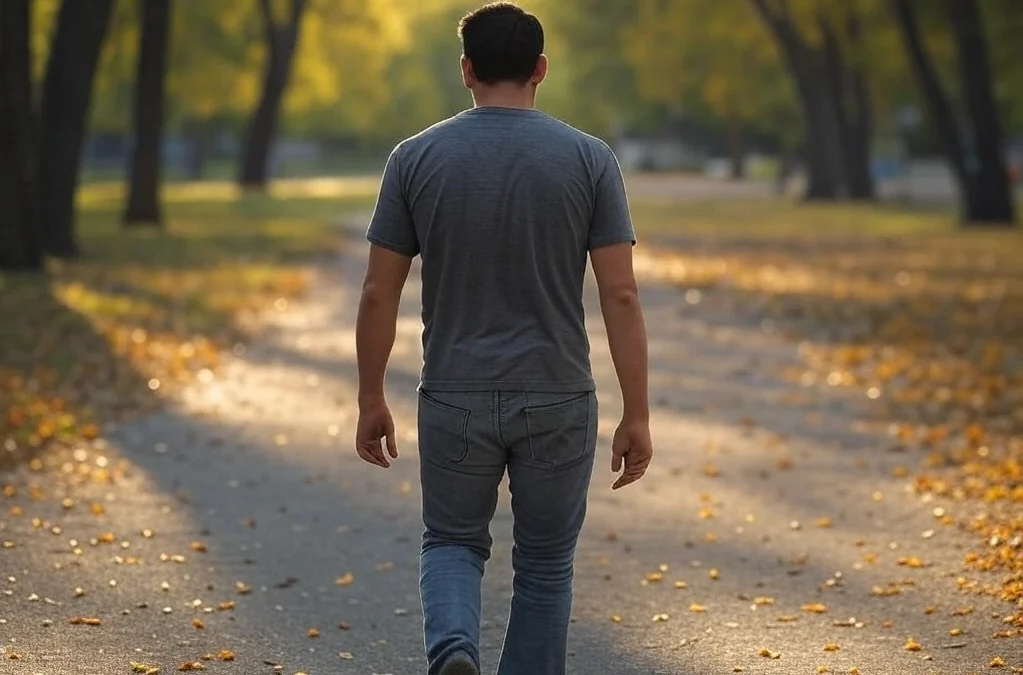
20 Déjà Vu Examples & Meaning
Have you ever found yourself in a situation where everything feels oddly familiar, even though you know it's happening...
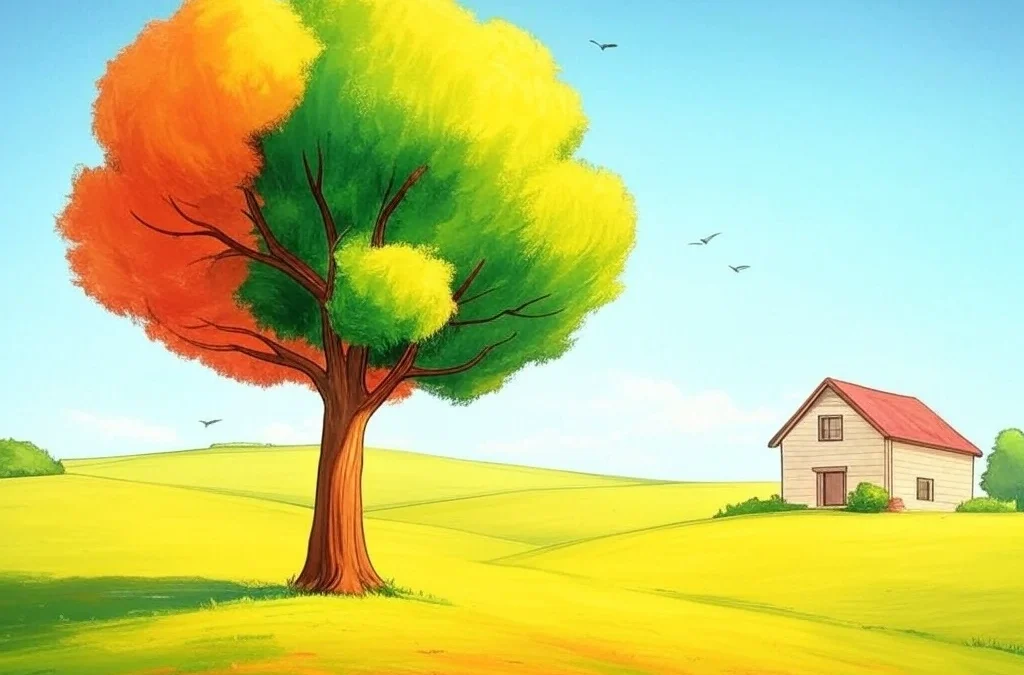
30 Oversimplification Examples & What it Means
Oversimplification is everywhere. You've probably encountered it many times - on social media, in casual...

30 Patterns in Nature: Examples & Explanation
Patterns in nature surround us every day. From the delicate veins on a leaf to the mesmerizing spirals of a galaxy,...
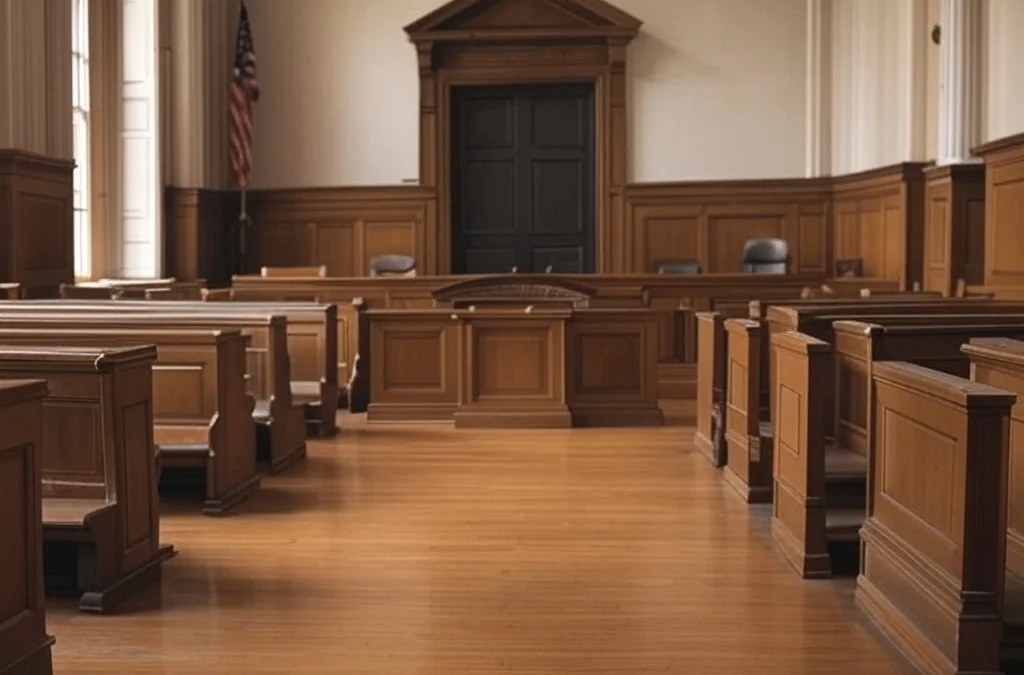
30 Moral Reasoning Examples & Definition
Moral reasoning is something most people use every day, often without even realizing it. It’s the thought process...
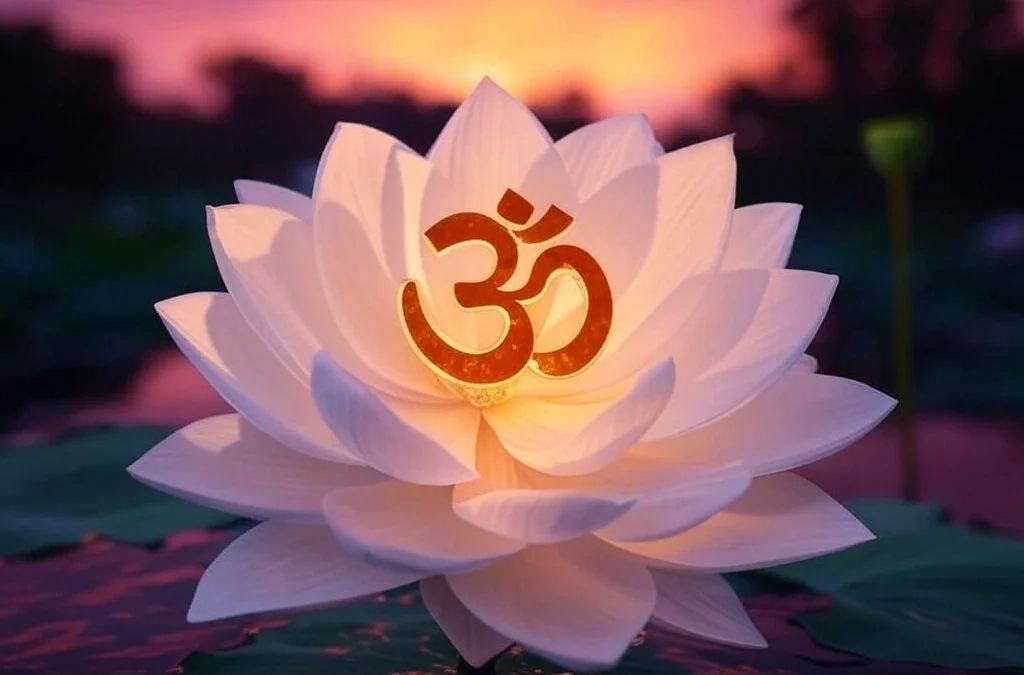
20 Hinduism Examples: Symbols, Gods & Core Beliefs
Hinduism is practiced by over a billion of people every day - but for those unfamiliar with it, it can seem complex or...
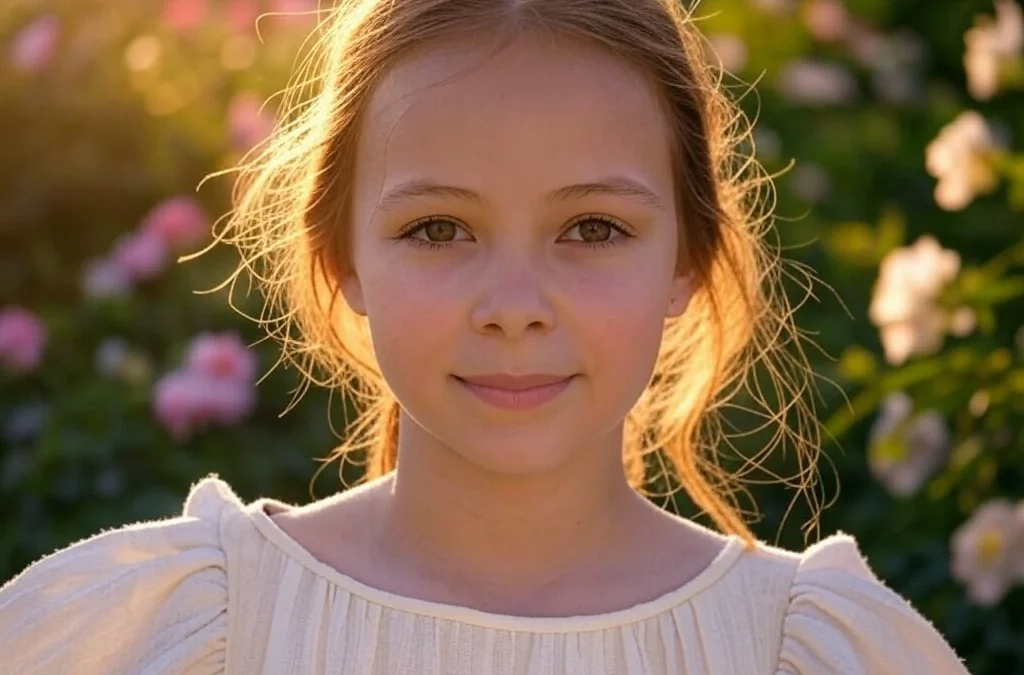
30 Naivety Examples & Definition
Naivety is something most people experience at some point in their lives. It often starts in childhood, but for some,...
Get Inspired with BitGlint
The Latest
20 Infinity Examples & Definition
Infinity is one of the most powerful ideas people have ever thought about. It shows up in math, science, philosophy, religion, and even daily life. The word itself suggests something without limits—something that never ends. But what does that actually mean? This...

30 Respect Examples & Definition
Respect is one of the foundation stones of healthy relationships and functioning societies. It involves showing consideration for others' feelings, rights, traditions, and personal boundaries. When we respect someone, we acknowledge their worth and value as a person....
50 Great Wisdom Examples & Helpful Advice
Wisdom is one of the most important qualities a person can have—but also one of the most misunderstood. It’s not just about being smart or well-read. It’s about making good choices, learning from experience, and seeing beyond the surface. In a world full of fast...
Top 30 Cultural Diversity Benefits & Challanges
In today's increasingly interconnected world, cultural diversity has become a pivotal aspect of both social and professional environments. The benefits of embracing a multitude of cultures are vast, ranging from enhanced creativity and broader perspectives to improved...

